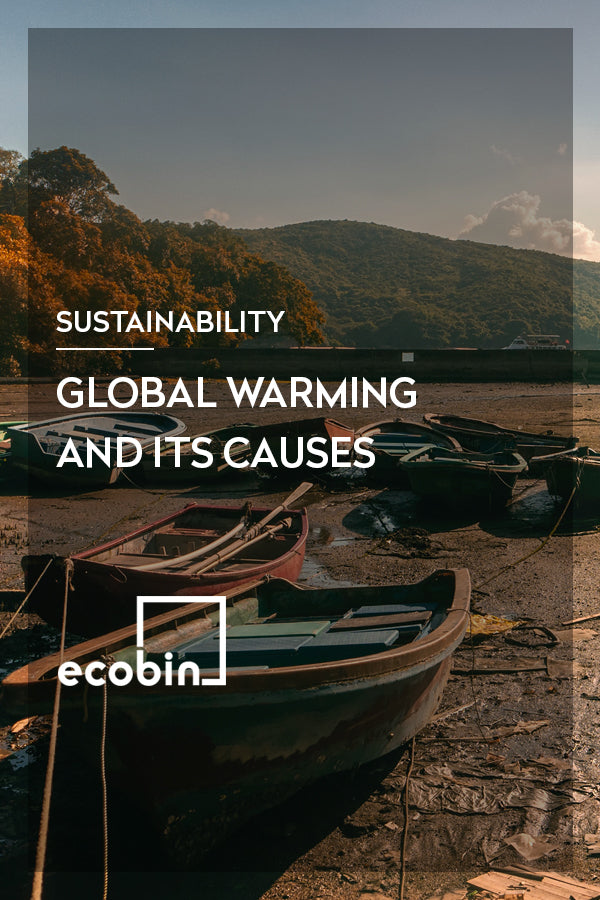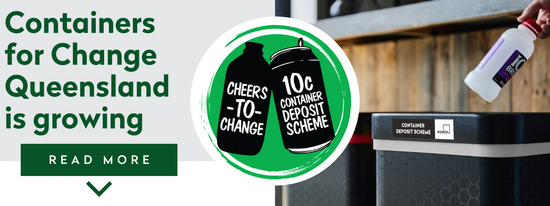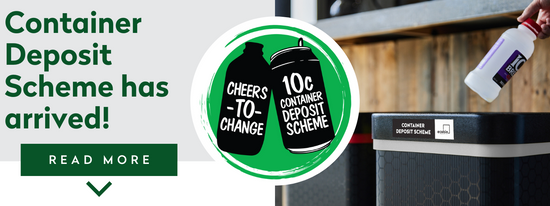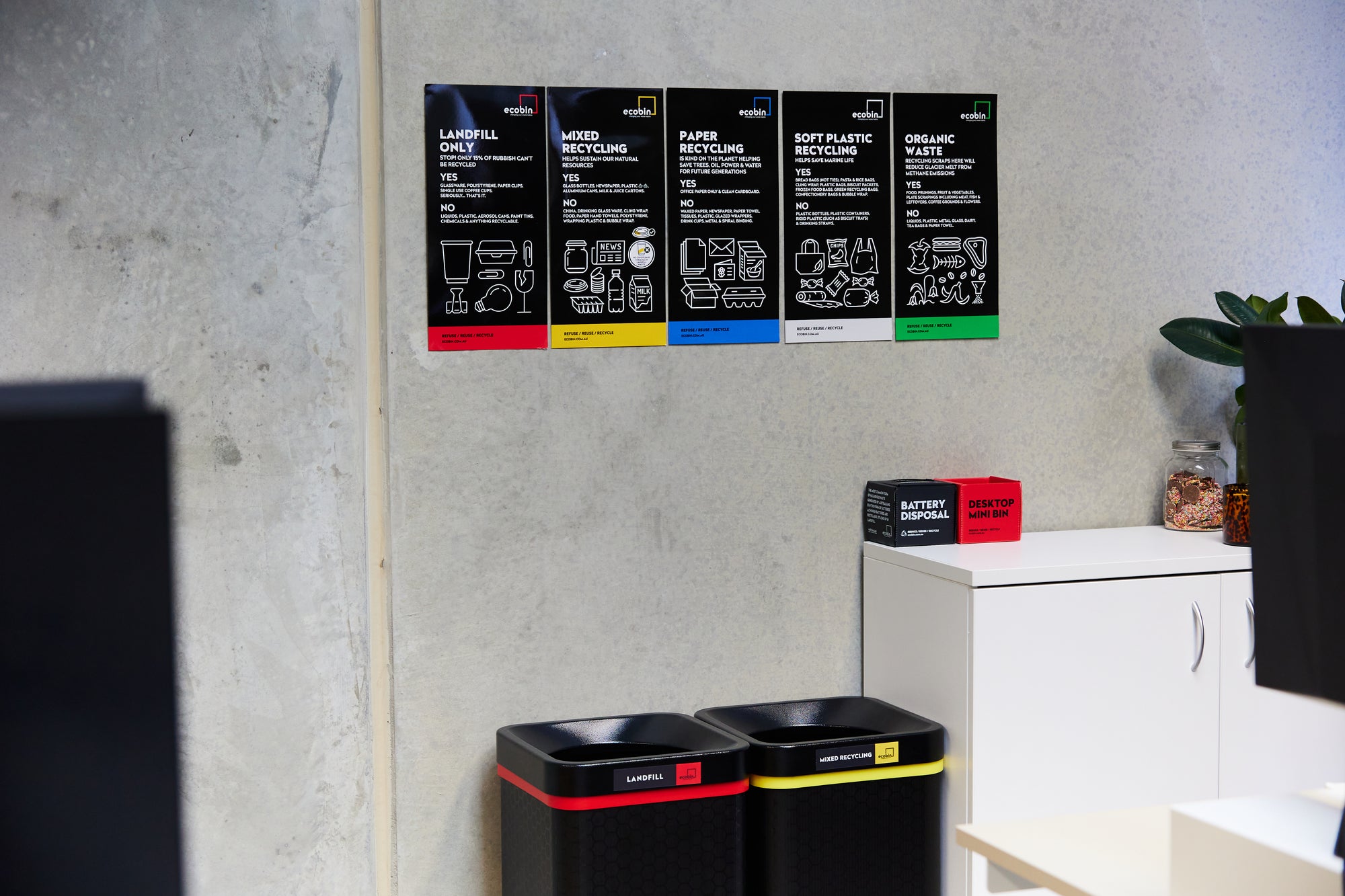Global Warming and its causes
What is global warming?
In simple words, regular warming of the entire environment including the oceans, the glaciers and the surface of the earth is global warming. During the last few decades, we’ve seen an increase in atmospheric temperature globally. According to the Environmental Protection Agency, the Earth's average temperature has increased by about 1.4 degrees Fahrenheit (0.8 degrees Celsius) over the last century. And it is estimated that by the next century, it may increase by 2 to 11.5 degrees F if the conditions won't change, which is the reason global warming has become a big environmental and social issue for the whole world that everyone should be aware of, especially our children because they’re the ones who have to deal with this problem the most.
What are the causes of global warming?
We receive heat and sunlight from the Sun, which is quite normal. However, this heat gets trapped in the atmosphere of the earth due to the greenhouse effect present in the greenhouse gasses like carbon dioxide, methane and nitrous oxide. The level of these gases is increasing day by which is why this effect is becoming a curse, which was a blessing for every life on this planet. Greenhouse effect kept us warm and safe, but now the same effect is giving different threats to mankind and other species.
The increment in the concentration of these greenhouse gases has begun with the industrial revolution in the late 18th century. Many human activities have played a vital role in the increase of these greenhouse gases, especially carbon dioxide and now it has reached to the level of saturation. If it is not stopped here, it can prove very serious and can directly affect the sustainability of this planet.
Major sources of these human activities are:
Burning Fossil Fuels - Around 100 years back, the emission of carbon dioxide from fossil fuel burning was around 1,000 million tonnes across the globe, which reached 5,000 million tonnes near the end of the 20th century and now it is about to reach 9,000 million tonnes. As compared to 280 parts per million (ppm) of Co2 in the atmosphere during the beginning of the 19th century, is it 387 ppm in our current times, and can reach up to 900 ppm by the end of the 21st century. The scientists are suggesting to keep control on it so that it can limit within 400 ppm. There are many cities in the world which have already started using air pollution masks, but is this the correct way to deal with it? Denmark has made an example with its bicycle culture. People are fit and healthy with the least air pollution. So the choice is yours — mask culture or bicycle culture.
Livestock - Farming livestock contributes around 18% of greenhouse gases in the atmosphere. These gases are produced by livestock digestion, their feed production and animal pastures. However, it is also very beneficial as it gives support to 1.3 billion farmers, and contributes more than 50% of the economy product by agriculture. The consumption of meat, eggs and milk is projected to grow 70% by 2050. So how can we deal with this portion of greenhouse gases?
As said that there is a solution to every problem, it seems that using new advanced technology and management the greenhouse gas emissions from livestock can reduce up to 60%.
Agriculture - Agriculture emissions come in the form of methane and nitrous oxide. Cattle belching and the addition of synthetic fertilizers and wastes to soils represent the largest sources of greenhouse gases. Other sources are field burning of crop residues, manure management, rice cultivation, and fuel use on farms.
Deforestation for the purpose of agriculture and irrigation is also responsible for more emissions of these greenhouse gases.
Cement Manufacturing - When calcium carbonate is heated it produces lime and carbon dioxide which is also produced by burning fossil fuels that provide the heat for the cement manufacturing process. Cement industry produces around 5% of carbon dioxide emissions.
Aerosols - Aerosols are particles suspended in the atmosphere that exert a cooling influence by reducing sunlight. They directly scatter and absorb radiation. The scattering causes cooling, whereas absorption causes warming. The natural aerosols are fog, dust, forest exudates etc. Man-made example of aerosol is sulphate from fossil fuel combustion. The use of aerosols has increased in refrigeration systems and fire suppression systems and their manufacturing processes.




